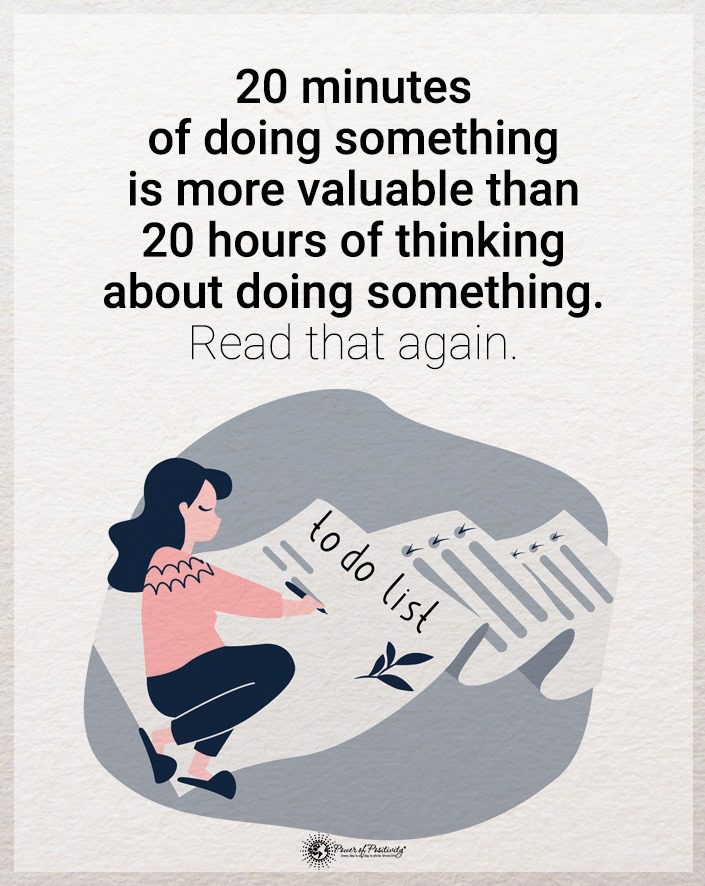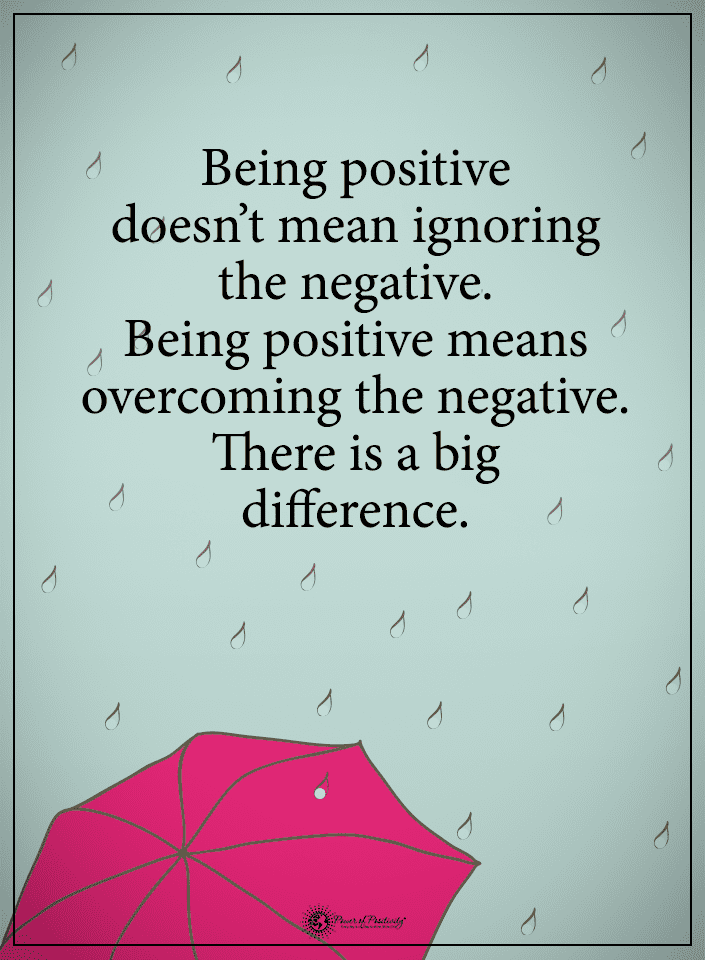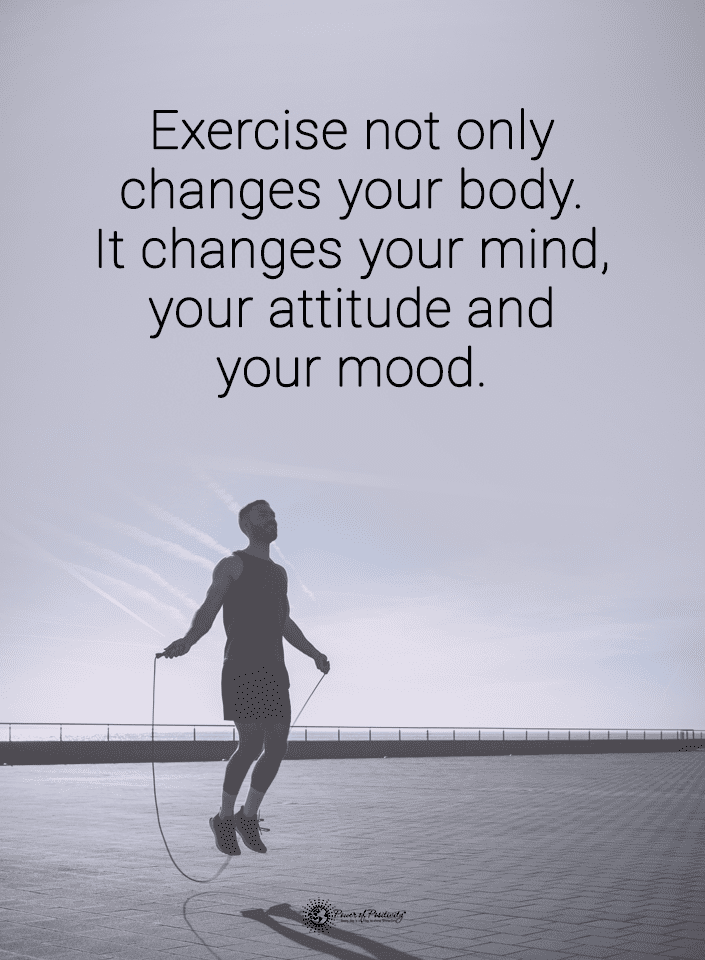If you want to beat depression, you need good coping skills. Do you often feel depressed and can’t explain why? The better you know yourself, the more you’ll understand your moods.
Your feelings aren’t static, and believing you can always be happy is unrealistic. According to UCLA-Berkeley, researchers have identified at least 27 human emotions. You’ll experience them at different intervals and in varying intensities.
Feeling Sadness Versus Depression
It’s not uncommon for you to feel sad, gloomy, or “blue” now and again. If you’re like most people, your mood will be on the upswing again in a day or so. Such infrequent low feelings don’t mean that you are clinically depressed.
However, you should be concerned if these depressed feelings persist for two weeks or more. The Mayo Clinic explains that this is more than just melancholy; you can’t just snap out of it. Here are some of the warning signs of a depressive episode:
- Feeling sad, empty, hopeless, or crying a lot
- Outbursts of anger and constant irritability over minor things
- Loss of interest in things you once enjoyed, like hobbies
- Restlessness and anxiety
- Extreme exhaustion, low energy, a lack of motivation
- Changes in sleep patterns, such as sleeping too much or not enough
- Changes in eating habits, like overeating or ignoring the food. These will also bring changes in your weight.
- Difficulty concentrating and frequently distracted
- Moving and thinking slower than usual
- Persistent feelings of self-loathing, worthlessness, and guilt
- Frequent obsession with death, suicide, and suicidal ideation
- Unusual and unexplained aches and pains

Four Part Program to Beat Depression
Do you recognize any of these symptoms, and have they persisted longer than two weeks? Depression is one of the most common mental illnesses and perhaps the easiest to treat. You needn’t remain in a state of misery because there’s hope.
The earlier you start building your defense, the easier it will be to overcome it. You’ve already taken the most challenging step and admitted that you need help. Here is a four-part program that you can use to beat depression and feel better.
1. Don’t Ignore Your Depressed Feelings
For generations, society has discouraged people from showing their feelings. They considered such displays as a sign of weakness, especially for men. If you felt hopeless or sad, you were expected to ignore it and go on as usual.
Keeping a stiff upper lip may seem brave, but it can have negative consequences in the long run. A study published by the National Library of Medicine demonstrates the link between emotional suppression and adverse effects on memory.
According to UCLA-Berkeley, hiding your feelings may lead to coronary disease, high blood pressure, and some forms of cancer. Repressing your emotions may only make symptoms of anxiety and depression worse. Is the façade worth the risks to your physical and mental health?
Just because you act like nothing’s bothering you doesn’t mean it will go away. It’s like turning all your faucets on full blast and expecting your house not to flood. How can you healthily cope with your emotions?
One way to beat depression is to learn how to show your emotions. Instead of hiding behind a smiley face, it’s okay to admit that you are sad or depressed. Being honest with yourself may bring a sense of relief.
For example:
Things at home and work are going relatively well, and your stress levels are average. However, you feel depressed, and you don’t know why. You don’t want your family, friends, and coworkers to worry, so keep it to yourself.
Instead, allow yourself to become aware of your emotions. Are there any difficult circumstances in your life that you choose to ignore? Maybe you have some issues in the past that you need to address.
Have you felt more lethargic lately and can’t seem to get motivated? Perhaps you’ve been short with people and feel like you can’t stand yourself. These uncharacteristic actions probably have an underlying cause.
Remember that it’s okay not to be okay sometimes. People don’t expect you to be all smiles and laughter every day. Not only is it okay to admit that you’re feeling down, but it can be a step toward healing.
2. Accept Your Depressed Mood for What It Is
It’s often human nature to want to sugarcoat how you feel and deny that you have depression. You may even be disappointed with yourself because you think you aren’t strong enough to face it. Another coping skill to beat depression is to accept your low mood for what it is.
Don’t beat yourself up and think you are “less than” because you’ve been down lately. It’ll only make you feel worse and intensify your symptoms. Please acknowledge that you’re depressed and will do something about it.
For example:
You’ve felt blue for the past few days and shrugged off your moods. Your partner and one of your fellow employees have noticed and shared their concerns. They say that you just haven’t been yourself lately.
Instead of changing the subject, you can beat depression by admitting that your moods are down. They’ll probably offer you a compassionate listening ear. You’ve identified your depression, and now you want to know why you feel this way.

3. Do Some Serious Soul Searching
Let’s face it; everybody has an occasional bad day. You argue with your partner during breakfast. Someone cuts you off in a traffic jam, and you’re late for work. These stressors aren’t challenging to identify as culprits for your low spirits.
However, some bouts of depression aren’t that simple to find. These are the ones that last for days or weeks at a time. You may think everything is fine, yet you feel like you are sinking in the quicksand of despair.
Soul searching is another one of the best depression coping tools. Look at yourself in the mirror and open your heart. The vulnerability may feel uncomfortable, but it’s an ideal way to understand yourself better.
Example 3:
Think of this best depression coping tool as spiritual self-care. Don’t be afraid to be brutally honest with yourself. Here are six questions to ponder in your mind or even aloud:
- Do you have any repressed emotions weighing on your mind?
- Is your life dull, and do you crave a change or variety?
- Do you feel stuck in a toxic personal or professional relationship and don’t know how to exit?
- How are you hindering yourself from realizing your dreams?
- Have you set appropriate boundaries for yourself and others?
- What do you need to bring more joy into your life?
These are difficult questions, and you may not like the answers. However, self-reflection and genuineness are good ways to beat depression. You can also do some of this self-care work by journaling, meditating, or practicing mindful breathing.
4. Be Compassionate with Yourself
Since you’re striving to be more honest with your thoughts and feelings, consider how you treat yourself. How many people would you have in your circle if you treated them the way you do yourself? If you admit that there would be few, then it’s time to make some positive changes.
Have you ever paid attention to the conversations in your mind? Analyzing your self-talk can be another way to beat depression. You might be shocked when you constantly realize the negative comments you throw at yourself.
Often, people internalize negative statements others have made about them. It can play in a continual loop in your mind until you begin to believe them yourself. Maybe your mind whispers that you’re not enough: not attractive, not thin, not successful, or not intelligent.
These false beliefs can be so ingrained in your subconscious that they can become self-fulfilling prophecies. According to the law of attraction, whatever affirmations you send into the Universe will return. So, negative affirmations will only bring more negativity into your life that won’t stop until you change your mindset.
For example:
When you hear your brain buzzing with negative self-talk, stop it in its tracks. To beat depression, you must turn these mean-spirited statements into compassionate ones. It takes work to overcome years of abusive self-talk, but you can do it with practice and determination.
Change your “not enough” into “more than enough.” Tell yourself that you are beautiful, intelligent, successful, and worthy of love and respect. Refuse to allow anyone in your life who disagrees with your affirmations.

Final Thoughts on the Four-Step Program to Beat Depression
You may have unhappiness and feel despair, but you don’t have to stay this way. Consider trying these things to beat depression and help you fight and win. You can walk out of the shadows and see the sunshine again.


















